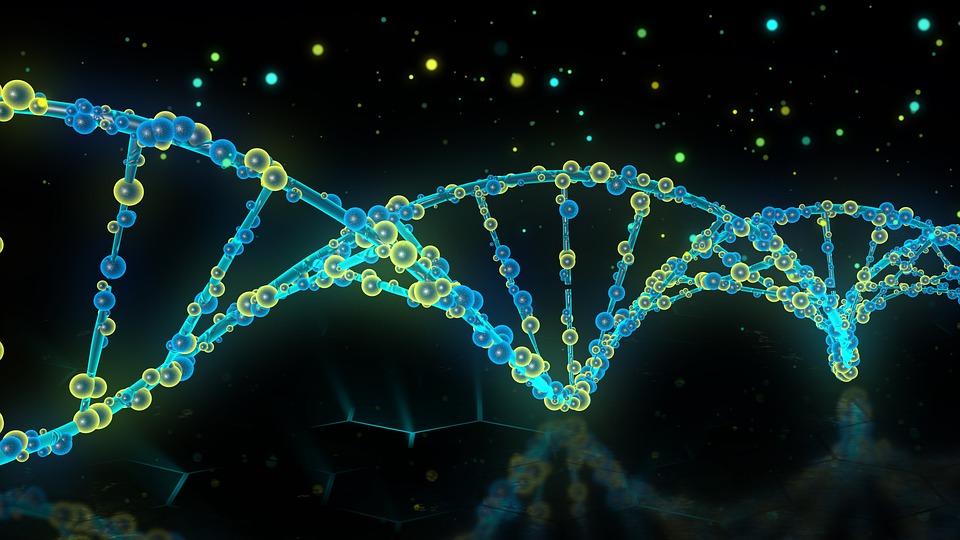
In this engaging and creative lesson, students get a feel of what it is like to be a chemical or materials engineer. Each group will make their own bioplastic using cornstarch, vinegar, water, and

In this engaging and creative lesson, students get a feel of what it is like to be a chemical or materials engineer. Each group will make their own bioplastic using cornstarch, vinegar, water, and

In this engaging lesson, students construct a real solar oven, cook food, gather data, and analyze the data to interpret if their oven was successful or not. The lesson culminates with a presentation.

In this hands-on lesson, students will model transfer of kinetic energy by preparing and measuring the temperature of two equal quantities of water, before mixing them together and then measuring the

In this hands-on lesson, students will plan, build and create a roller coaster from random materials that a Ping Pong ball can travel through. Students engage in the engineering design process as they

In this lesson, students will experiment with unseen forces and their effect on motion. Students will build a LEGO land sailing car that will be powered by wind produced from a fan. Students will

In this hands-on lesson, students create a trebuchet that launches a projectile to hit targets at specific distances, as well as launching the projectile the farthest distance. A report must be given

In part 1 of this lesson, students will use the laws of heredity to create a dragon based on the random toss of a coin. A chart has been created to assign genotypes and the corresponding phenotypes

This lesson includes 1 or 2- 50 minute period(s) worth of Greenhouse gas exploration. Students are creating and refining a drawn model of greenhouse gasses in our atmosphere, reading and discussing

This lesson is about students understanding the scientific process through a Community Maze game. Students experience the importance of observation, collaboration, discovery, feedback to achieve a